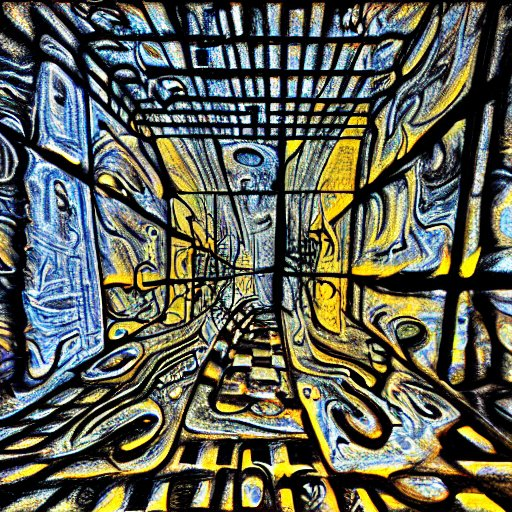The Pulfrich Effect

The Pulfrich effect is a perceptual phenomenon where a moving object appears to follow an elliptical trajectory when there is a difference in visual signal timing between the two eyes. First described by German physicist Carl Pulfrich in 1922, this effect arises from the brain's interpretation of asynchronous visual information.
Demonstration
The effect is most commonly illustrated using a pendulum. With a filter over one eye, the pendulum's motion is perceived as elliptical, with the direction of perceived depth rotation depending on which eye is filtered. This perceived displacement increases with the speed of the moving object and the density of the filter used.
Studies
The Pulfrich effect has been extensively studied in psychophysics. Research has explored various parameters influencing the effect, including interocular delay, object velocity, and luminance contrast. Neurophysiological studies have investigated the underlying mechanisms, examining how the brain processes temporal disparities in visual areas.
Applications
The Pulfrich effect has practical applications in stereoscopic displays and virtual reality technologies. By introducing controlled interocular delays, it is possible to enhance depth perception, creating a more immersive visual experience.
References
1. Pulfrich, C. (1922). Die Stereoskopie im Dienste der isochromen und heterochromen Photometrie sowie einiger Untersuchungen der Bewegungswahrnehmung. Physikalische Zeitschrift, 23, 304-312.
2. DeAngelis, G. C., Cumming, B. G., & Newsome, W. T. (1998). Cortical area MT and the perception of stereoscopic depth. Nature, 394(6692), 677-680.
3. Howard, I. P., & Rogers, B. J. (2012). The Pulfrich Effect. In Perceiving in Depth: Volume 2 Stereoscopic Vision (pp. 515-537). Oxford University Press.
4. Read, J. C. A., & Cumming, B. G. (2005). All Pulfrich-like illusions can be explained without joint encoding of motion and disparity. Journal of Vision, 5(5), 417-434.